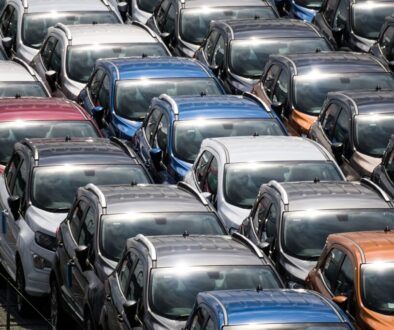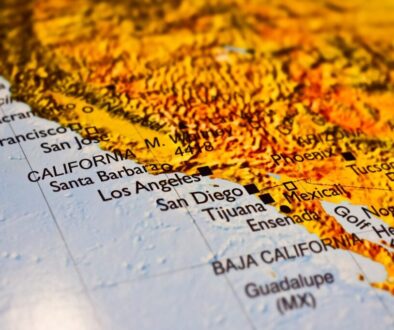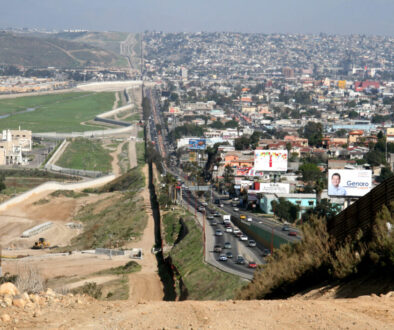The digital manufacturing revolution
 By Adina Moloman
By Adina Moloman
Sources: Digital Manufacturing Report, The Economist
For those less familiar with the term, digital manufacturing encompasses new manufacturing techniques such as additive manufacturing (3D printing), reconfigurable production lines, integrated design and manufacturing and collaborative design, among others.
These new manufacturing techniques are helping to reinforce the concept of ‘custom made” and personalization and can manufacturing almost anything. With digital technologies one can manufacture a greater variety of products at lower volumes and lower costs.
Presently it is a small-scale manufacturing industry but it is heading to challenge the large scale manufacturing industry. So, according to Chris Anderson, CEO of 3D Robotics (the former editor of Wire Magazine) in an interview for “The Economist” we’re at a new industrial revolution—where these technologies have the potential to be bigger than the web. He explains how humanity, not a long time ago, assisted the industrial revolution, which was a mechanical revolution (the shift from “muscle power” to “machine power”), the second stage of the industrial revolution was marked by the PC, the internet, and now we’re entering this new industrial revolution which is a combination between the previous two.
Chris gives examples of how, with these techniques, it is possible to bring a combination of the San Diego-Tijuana manufacturing jobs back, which had previously moved from the United States to China. The company he owns is located in California where are the designers, with manufacturing operation in Tijuana, Mexico.
This creates a new scheme in how products are developed, made, and delivered to retailers and consumers with smaller supply chains.
The new form of manufacturing in Mexico is including robots and other industrial automation tools that represent an alternative to China’s inexpensive labor. According to many analysts and visionaries investing in industrial robots will finally lead producing in westerns countries cheaper than laborers in China.





